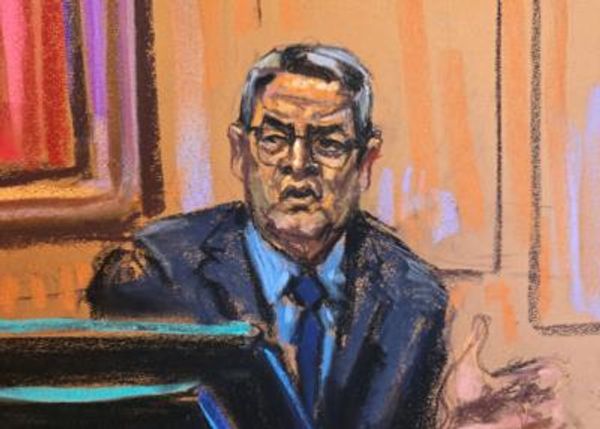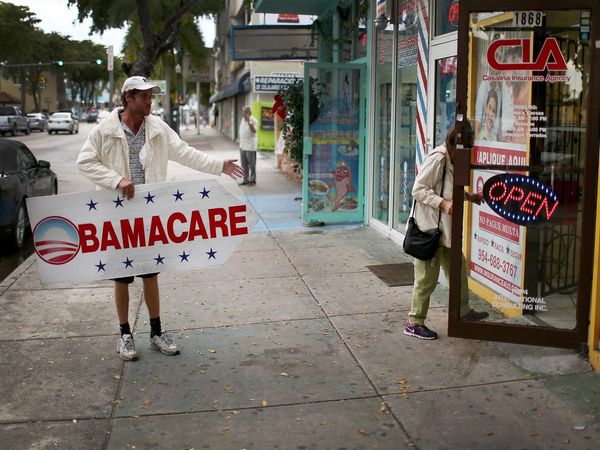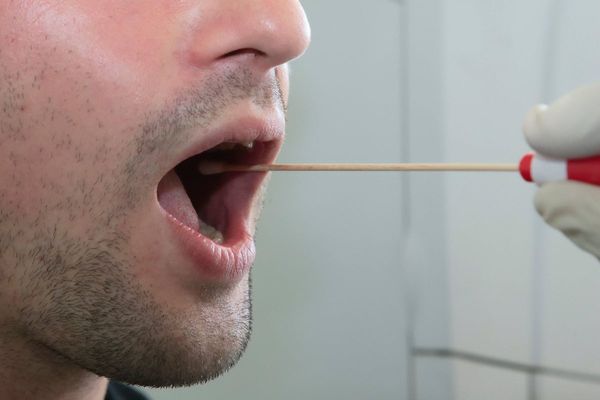The often-repeated term “chilling effect” does not really capture the gravity of what transpired in India recently. The Delhi Police conducted extensive raids on the news portal NewsClick, eventually arresting two persons, including its founder and Editor-in-Chief, Prabir Purkayastha, in cases that have invoked the Unlawful Activities (Prevention) Act. The police action was sweeping in nature, with even very junior staff within the news organisation searched and their electronic equipment seized.
In brief, the First Information Report accuses the news organisation of accessing funds from pro-China elements and in turn, through its coverage of events such as the farmers’ protests in 2020-21, undermining the internal security of India. The news organisation has rejected these accusations.
That such drastic police action against the media, to the extent of invoking a terrorism law against journalists, raises serious questions over the erosion of freedom of speech and expression, has been extensively commented upon. But it would be a mistake to look at this development in isolation.
When seen together with other trends, such as the increasingly precarious position of religious minorities subjected to an unrelenting cycle of violence and demonisation, and specific changes to political financing in the introduction of the opaque instrument of electoral bonds, a conspicuous pattern emerges that has wider repercussions to the idea of democracy and rule of law.
An immediate response of the media fraternity, that was justifiably concerned, was to write a letter to the Chief Justice of India, D.Y. Chandrachud, exhorting him to take judicial notice of the matter. The logic perhaps was that a Supreme Court of India that gave India the famed “basic structure doctrine” in an attempt to restrict majoritarianism running roughshod over fundamental rights, would see that a line has been crossed.
Court’s role
A gamut of developments over the past few years relating to religious minorities, freedom of expression and speech and political financing makes it amply clear that the basic elements of the Constitution are being subverted from outside the text of the document. This requires the Court to go beyond legal textual obsessions to countenance the challenge posed to the Constitution’s identity as a democratic, liberal, transformative document. At stake is also the identity of the Court and its readiness to guard the Constitution.
The question of what the extent of a court’s reach should be in a democracy has gripped legal scholars for centuries. The fact that a court is an unelected institution in a system that has an elected legislature has led several scholars to question the legitimacy of the judiciary striking down laws made by an elected entity. Parliament, after all, is seen as the representative of the people’s will.
But even those sympathetic to the legitimacy question have taken the role of courts in protecting the democratic process very seriously. To draw from the arguments of John Hart Ely, one of the foremost constitutional scholars of the 20th century, the way the courts could justify their powers to intervene in the decisions of the legislature is to focus on the processes that sustain democracy. What rules and values should govern a society are perhaps decisions best left to the representative body. But the courts have an obligation to ensure that the integrity of the process of democracy is protected.
This is so because if the democratic process is faulty, then there is ample scope to raise questions over the legitimacy of the representative body itself. For example, if the electoral process is structured in a manner that excludes minorities from effective representation, the equality principle takes a serious hit. If there is widespread rigging of elections, the legislature emerging from such rigged elections will be subjected to the charge of illegitimacy and its decisions questioned.
Thus, a court, being unelected and outside of this process of popular representation, would do well to ensure at bare minimum the integrity of the democratic process. In a sense, scholars such as Ely have also argued that this insulation from the electoral process is perhaps a good reason why courts are well placed to ensure its integrity.
In the Indian context, these discussions may seem academic given that the powers of the Supreme Court today clearly include those to strike down laws and constitutional amendments. It has even imposed an implied restriction on Parliament in amending the Constitution through the basic structure doctrine. Therefore, it would not be wrong to argue that protecting the democratic process is still at the very core of the Court’s duties.
This protection, however, cannot be ensured with a textual obsession in determining what subverts a constitution. It is immensely possible to retain the text of the constitution but diminish it from the outside. It need not even require ordinary laws. To understand this process, we should engage with the idea of democracy beyond the process of elections.
Democracy undermined
For Richard Dworkin, another important legal and political scholar of the 20th century, democracy is not just in the principle of majority decision-making. Decisions should also be made under democratic conditions “whose structure, composition, and practices treat all members of the community, as individuals, with equal respect and concern”. This is the constitutional part of “constitutional democracy”.
To simplify, it is not possible to ensure these “democratic conditions” without basic values that contribute to a robust democracy — freedom of speech and expression, freedom of association, and a gamut of rights that ensure that majoritarianism does not go berserk. The Indian Constitution, one could confidently argue, has textually created these conditions as best as it could. Many of these, including the democratic system and fundamental rights, form part of the basic structure of the document as articulated by the Supreme Court.
But subverting these conditions does not require a full-blown rewriting of the Constitution. In fact, it does not require rewriting the Constitution in any manner. When terrorism laws are invoked against journalists, the fundamental right to speech and expression is textually intact in the Constitution but takes a dent outside. When hate speeches against minorities are left unchecked, secularism remains intact in words but not in experiences. When electoral funding is opaque, democracy is confined to paper.
To legally invoke the basic structure doctrine in some of these circumstances may be impossible given the theoretical restrictions that come with such a doctrine. It is, and rightly so, reserved for certain specific circumstances. But the Court has enough powers already to arrest the decline if it realises the effect of this larger trend. Turning a blind eye to such profound violations of democratic conditions outside the text of the Constitution and laws would render both the Constitution and the Court without their identities. How the Court responds to this challenge may determine not only the fate of the people but also that of the Court.
Sruthisagar Yamunan is a doctoral candidate in comparative constitutional law at the Central European University, Vienna







